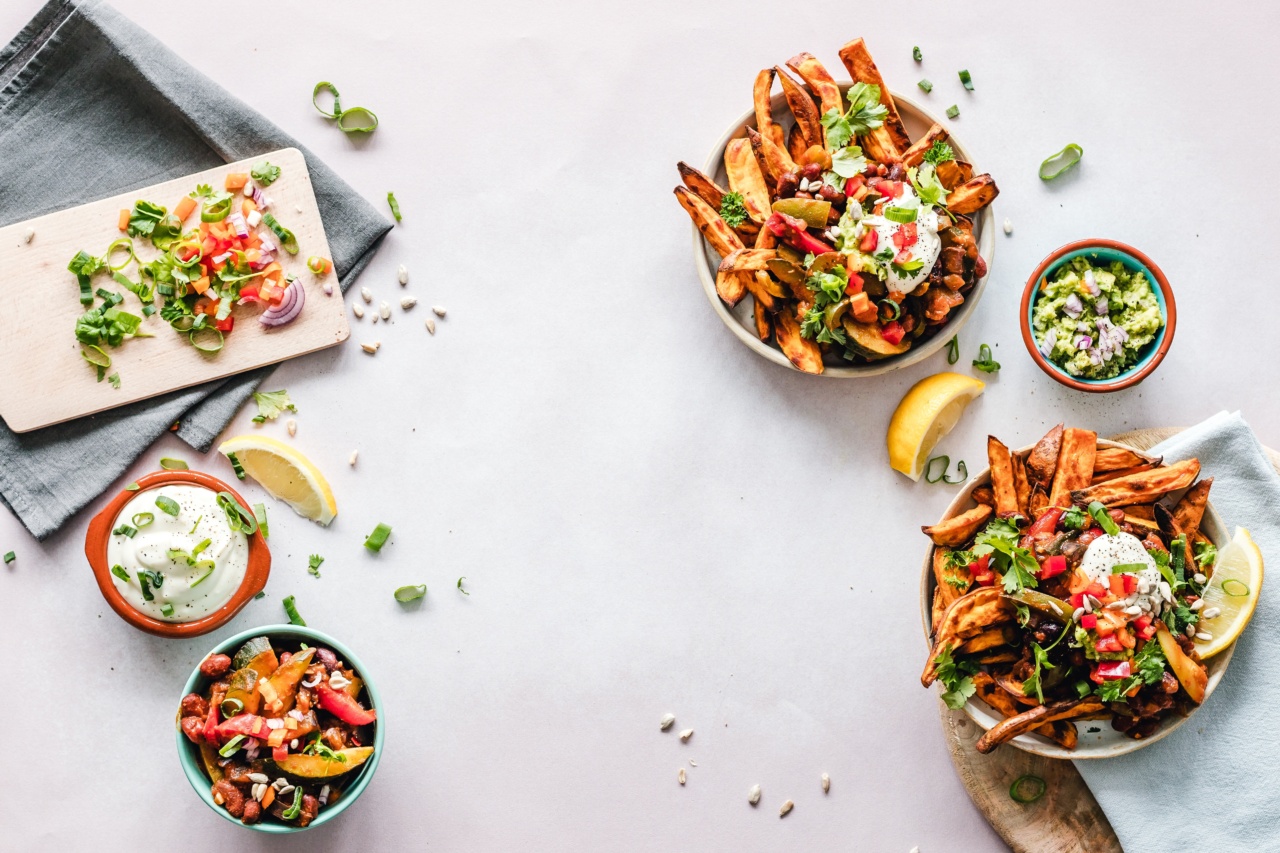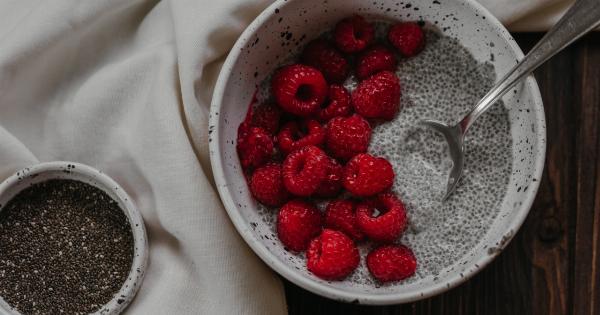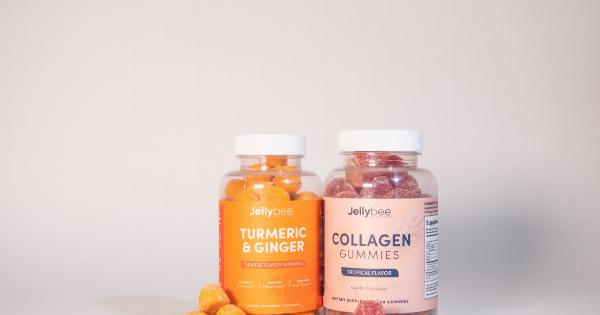Incorporating enough protein into your diet is crucial for a healthy body and mind. Protein is an essential nutrient that plays a vital role in building and repairing tissues, as well as supporting the production of enzymes, hormones, and antibodies.
It is also a key component of muscles, bones, skin, and blood.
If you’re looking to increase your protein intake, here are some tips and images to help you reach your goals:.
1. Choose High-Protein Foods
To boost your protein consumption, opt for foods that are naturally rich in protein. Here are some examples:.

– Lean meats such as chicken, turkey, and beef.
– Fish and seafood like salmon, tuna, and shrimp.
– Eggs, which are not only protein-rich but also provide essential vitamins and minerals.
– Legumes such as lentils, chickpeas, and black beans.
– Dairy products like Greek yogurt, cottage cheese, and milk.
– Nuts and seeds such as almonds, walnuts, chia seeds, and flaxseeds.
2. Plan Your Meals
Planning your meals in advance can help ensure you meet your protein requirements. By incorporating protein-rich foods into your meals, you can easily increase your protein intake. Consider the following:.

– Include a source of protein in each of your meals, such as grilled chicken in a salad or scrambled eggs for breakfast.
– Prepare your meals for the week ahead and portion them into containers, so you have protein-rich options readily available.
– Experiment with new recipes that incorporate high-protein ingredients.
3. Snack Smartly
Snacks can be a great way to add protein to your diet. Instead of reaching for unhealthy options, opt for nutritious protein-packed snacks:.

– Greek yogurt with a handful of berries or a sprinkle of granola.
– Protein bars or shakes that contain whey protein or plant-based protein.
– Hard-boiled eggs for a quick and portable snack.
– Cottage cheese with sliced fruits or vegetables.
4. Incorporate Protein Powders
If you struggle to meet your protein needs through whole foods alone, protein powders can be a convenient solution:.

– Whey protein powder is derived from milk and is a complete protein source.
– Plant-based protein powders made from sources like pea, soy, or rice protein.
– Add protein powder to smoothies, oatmeal, or baked goods for an extra protein boost.
5. Make Use of Tofu and Tempeh
Tofu and tempeh are excellent plant-based sources of protein that can be incorporated into various dishes:.

– Tofu can be grilled, stir-fried, or blended into creamy dressings.
– Tempeh can be marinated and used as a meat substitute in sandwiches, wraps, or stir-fries.
6. Don’t Forget About Quinoa
Quinoa is a unique pseudo-grain that contains all essential amino acids, making it a complete protein source:.

– Use quinoa as a base for salads or as a side dish instead of rice or pasta.
– Add cooked quinoa to soups or stews for an extra protein punch.
7. Experiment with Seitan
Seitan, also known as wheat meat, is a high-protein food made from gluten:.

– Marinate and grill or sauté seitan slices for a delicious and meaty alternative.
– Use seitan in stir-fries, tacos, or sandwiches for a protein-rich meal.
8. Opt for Protein-Rich Snacks On-The-Go
If you lead a busy lifestyle, it’s essential to have convenient protein-rich snacks readily available:.

– Beef or turkey jerky for a portable high-protein snack.
– Protein balls made with nut butter, oats, and protein powder.
– Edamame, which is a fantastic and nutrient-rich plant-based protein snack.
9. Use Nutritional Supplements If Necessary
If you have specific dietary restrictions or struggle to meet your protein needs through food alone, consider using nutritional supplements:.

– Protein bars or ready-to-drink shakes can be convenient options.
– Consult with a healthcare professional or dietitian to find the best protein supplement for your needs.
10. Seek Variety
Lastly, remember to seek variety in your protein sources to ensure you’re receiving a wide range of essential amino acids and nutrients:.
– Rotate between different types of animal proteins, such as chicken, seafood, and lean cuts of beef.
– Explore plant-based protein sources like legumes, tofu, tempeh, and quinoa.
Now that you have a better understanding of how to incorporate more protein into your diet, start implementing these tips and boost your protein intake for a healthier and stronger you!.






























